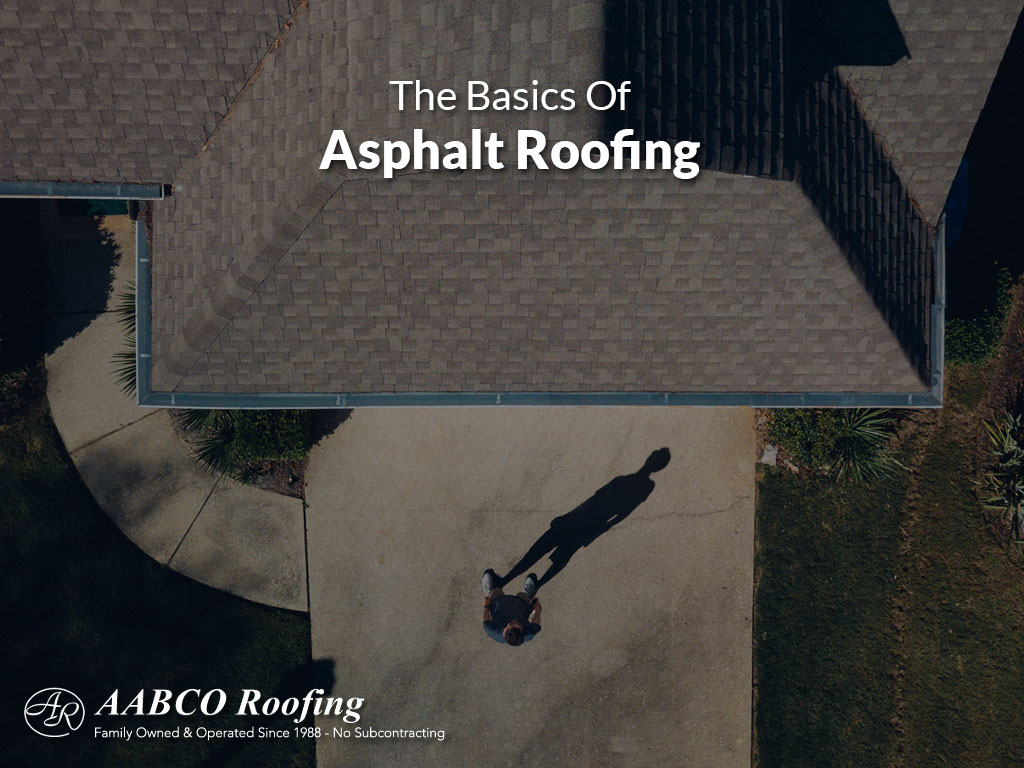
The asphalt roofing industry has grown significantly over the past century. With an estimated market value of $12 billion, it is on the rise in the US. But how does asphalt roofing work, and what are the key concerns surrounding it? Understanding the basics will benefit contractors and customers alike. Here’s a look at how asphalt roofing works, and how it may just be the perfect option for your home.
What Is Asphalt Roofing?
When it comes to roofing, asphalt shingles are the industry standard. Asphalt shingles are predominantly constructed out of bitumen hydrocarbon mixture. Bitumen is a term for naturally occurring petroleum deposits. The asphalt mixture is combined with a foundation of either fiberglass or organic felt and is formed into mats or sheets. After these mats have cured, they are then sliced into widths, rolled, and cut into shingles.
The Different Asphalt Shingle Styles
Asphalt roofing is available in shingle, roll roofing, and underlayment format. Asphalt shingles are by the far the most widely used form of asphalt roofing. There are three main asphalt shingles:
3-Tab Shingles
3-tab shingles lie flat and get their name from the 3 tabs, or notches, that are on each shingle. They are lightweight while remaining fairly affordable. 3-Tab shingles are great if you want a neat roof on a budget.
Dimensional Shingles
Dimensional shingles give you more of a continuous pattern and do a great job of simulating a wood-shake roof. They are made from a few layers of shingles, which gives them extra dimension and height. This also makes them more durable than 3-tab shingles and are great if you’re after a more distinguished look.
Luxury Shingles
Luxury shingles replicate natural roof types such as cedar-shake or natural slate roofs. They do this at a far lower cost than the original materials. Their multi-dimensional appearance adds to their luxurious look, and they do well at replicating a slate or shake-styled roof.
How Are Asphalt Shingles Installed?
Once you’ve ordered the correct number of asphalt shingles for your roof, you’ll need to conduct measurements to ensure that the shingles are installed neatly. Once any old shingles and flashing have been removed, you’ll need to clean the roof thoroughly of any debris and old nails. You will then need to install the new underlayment and flashing, using chalk lines to guide your installation.
In a nutshell, you will nail down the shingles and apply asphalt cement from a caulk gun in the holes along the drip edge of the shingle. The shingles will then need to be pressed down while maintaining the correct guidelines and spaces between dots. Shingle installation is best conducted by a professional roofer. They will ensure that a flawless installation takes place with an excellent result.
How Durable Is It?
When installed correctly, asphalt roofing can last up to 30 years. It is also weather-resistant and easily withstands leaks, wind, and other harsh conditions. This is due to its appropriate weight balance. It’s not too light to be lifted easily, and too heavy to cause underlying problems. The fiberglass matting means that it’s also fire-resistant. It must be mentioned that tile asphalt roofing tends to not be as durable as tile roofing, which can easily last longer than 50 years. But it’s all relative, as asphalt roofs are more affordable than tile roofs.
The Benefits Of Asphalt Roofing
Asphalt roofing comes with some clear benefits. These include:
- Easy application process
- Wide range of aesthetic options
- Low maintenance
- Economically friendly
- Adaptable to many roof surfaces and styles
The Asphalt Roofing Professionals
At Aabco Roofing, we offer a wide range of asphalt shingle roof installations. Our experienced team is ready to take on your asphalt roofing project and will be able to advise you on the best installation and style for your home. Call us today at (954) 426-8500.
